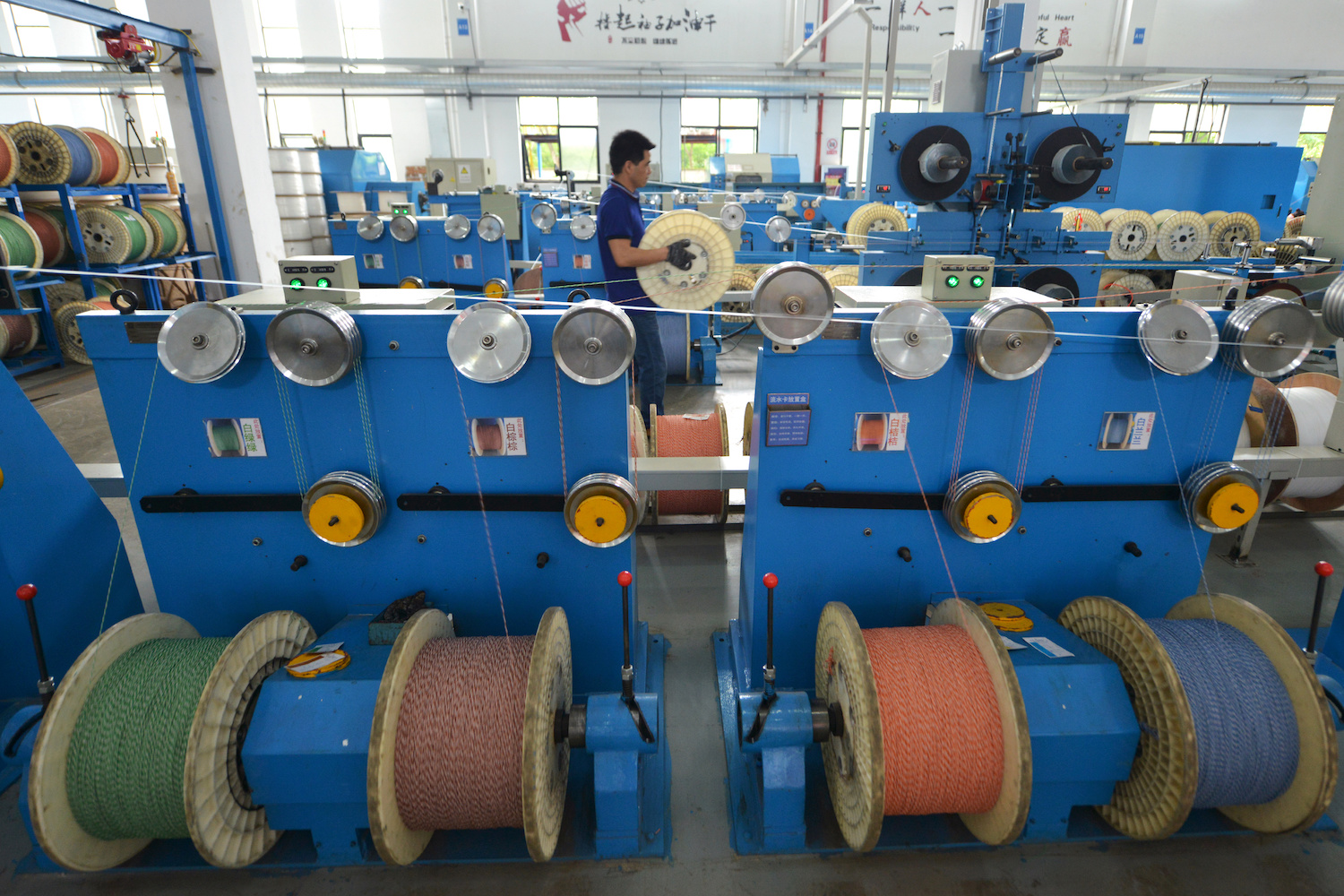(ATF) China’s factory activity expanded at the fastest pace in more than three years in November as the country’s economic recovery from the coronavirus pandemic stepped up.
The manufacturing purchasing managers’ index jumped to 52.1 in November from 51.4 a month ago, mostly due to more domestic orders and an increase in raw material prices, according to the National Bureau of Statistics. It was the highest PMI reading since September 2017.
This is the ninth consecutive reading above 50, which indicates an expansion of the manufacturing sector. A score of less than 50 indicates a decline.
“New orders and new export orders both rose to around three-year highs, suggesting that strength in growth momentum is likely to extend in the near term,” said Jian Chang, chief China economist at Barclays.
Although export orders also rose, growth was less robust than domestic ones. “We believe that the spread of Covid-19 in the rest of the world will continue to limit export orders and delivery of export orders in December if there are lockdowns in the export destinations,” said Iris Pang, chief China economist at ING.
Robust services result
China’s non-manufacturing PMI, which includes services and construction activity, rose to 56.4 in November from 56.2 in October.
The services PMI has also improved for four consecutive months. “Given the services sector accounts for about 50% of GDP and is a major driver of growth, we think the better November services PMI, along with stronger manufacturing growth, support our above-consensus 4Q GDP growth forecast of 6.5%,” said Chang.
The Chinese economy is expected to expand around 2% for the full year, the weakest in more than three decades but still much stronger than other major economies that are struggling to bring their coronavirus outbreaks under control.
China’s statistics office also said on Monday that total industrial profits in the January-October period rose 0.7 per cent over the same period last year to 5.01 trillion yuan ($760 billion).
























